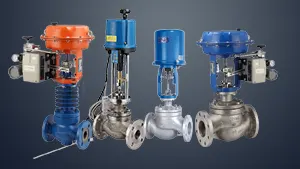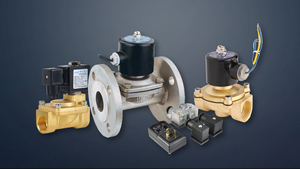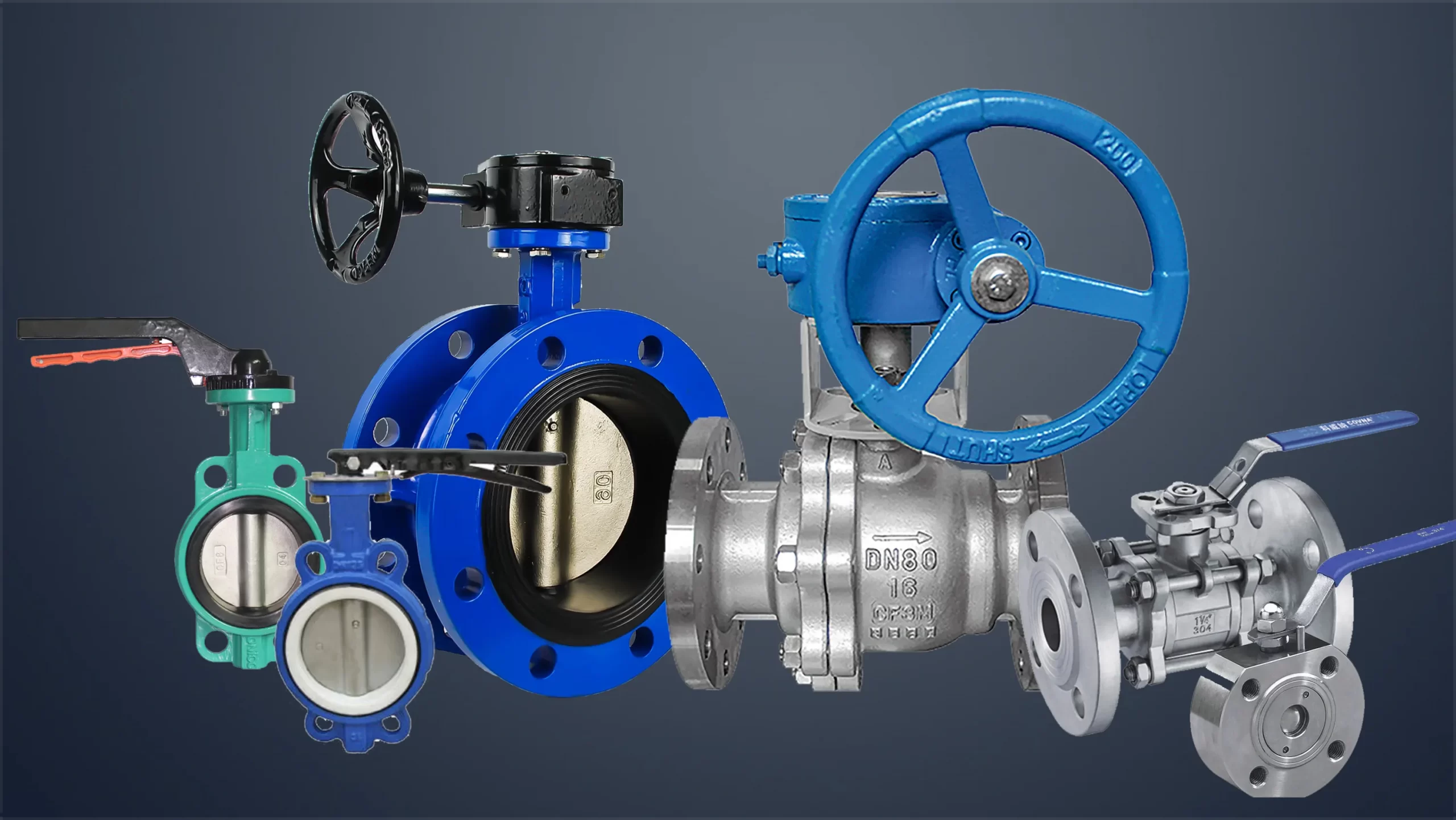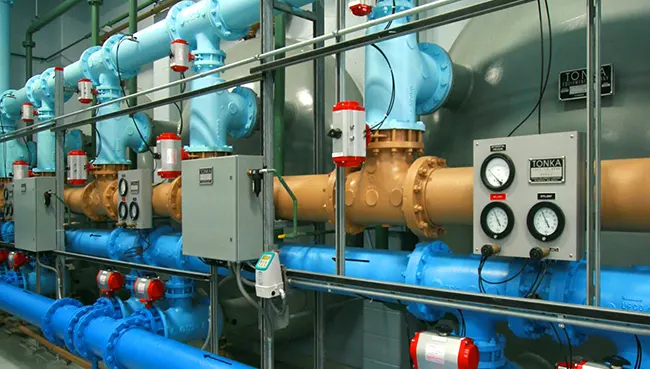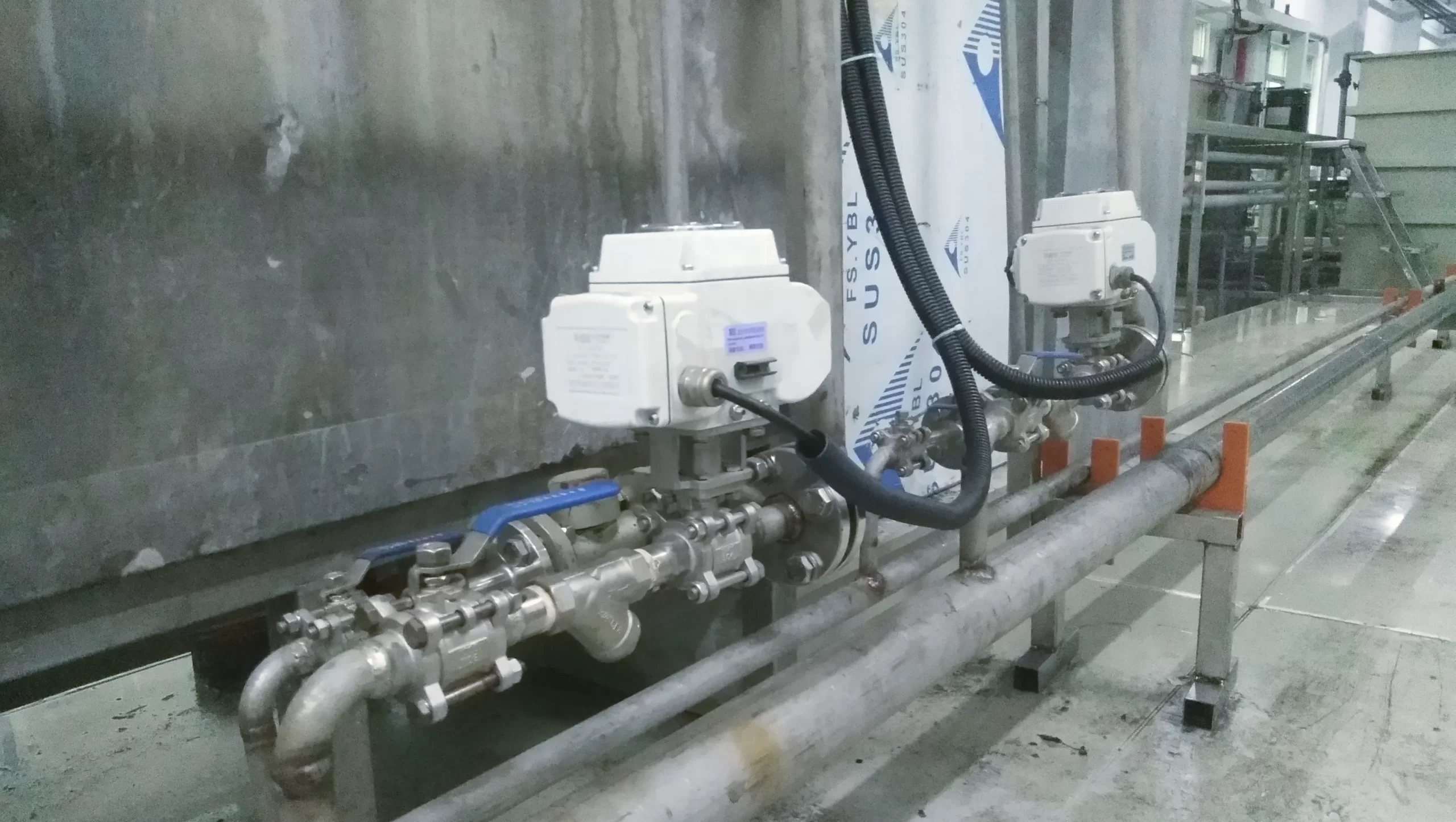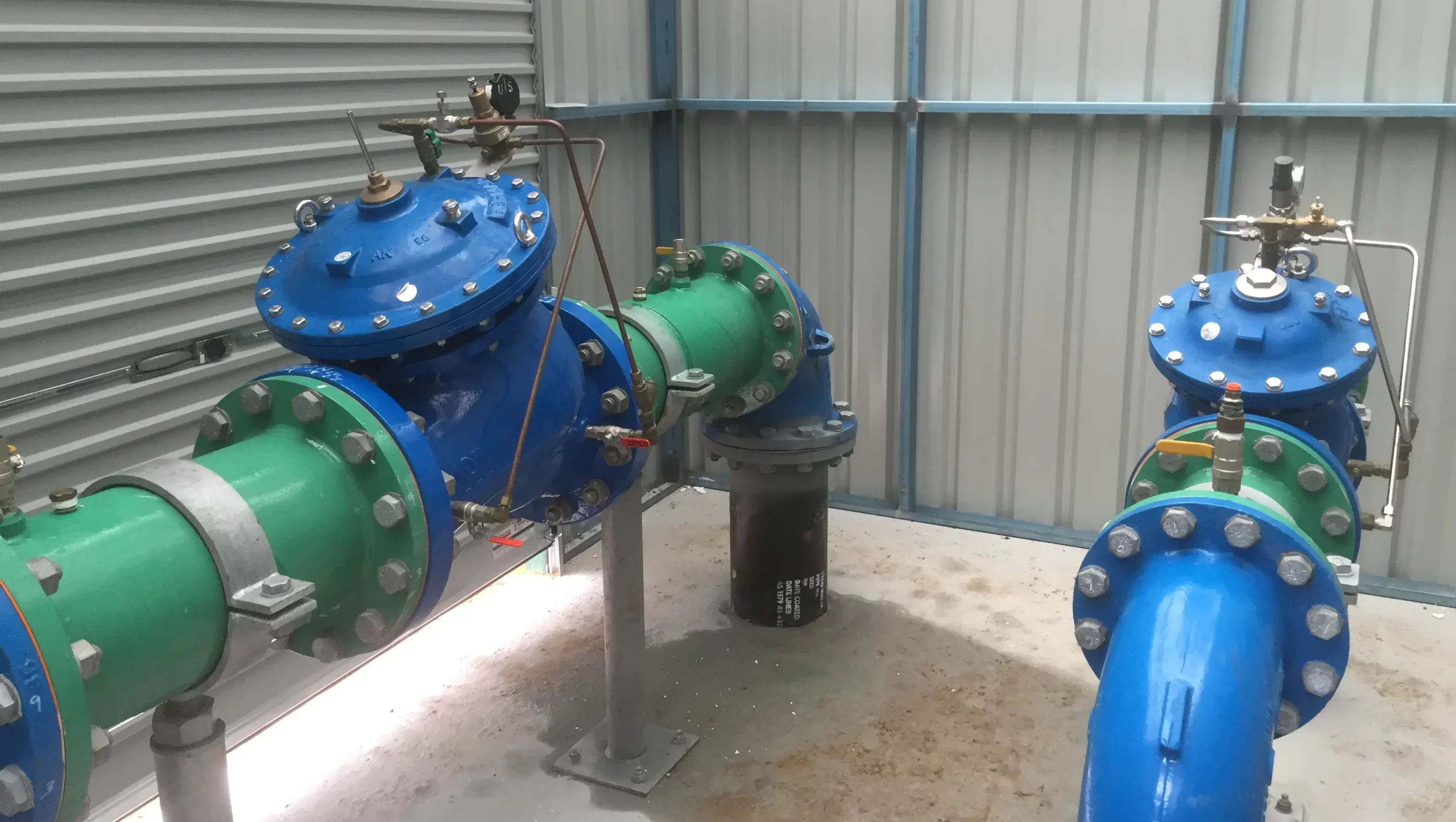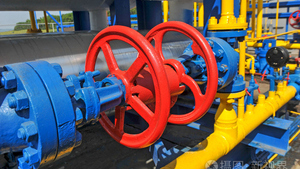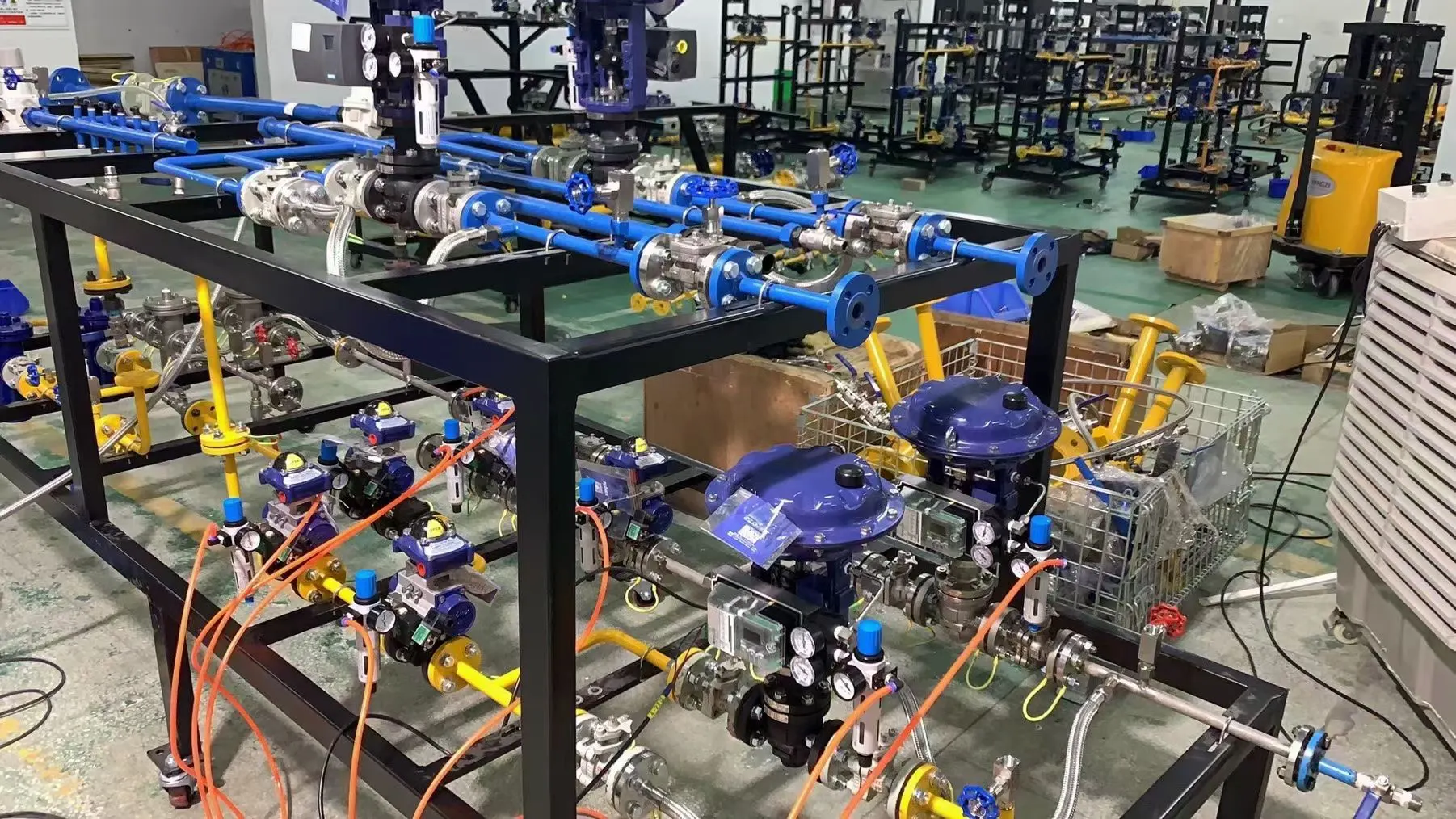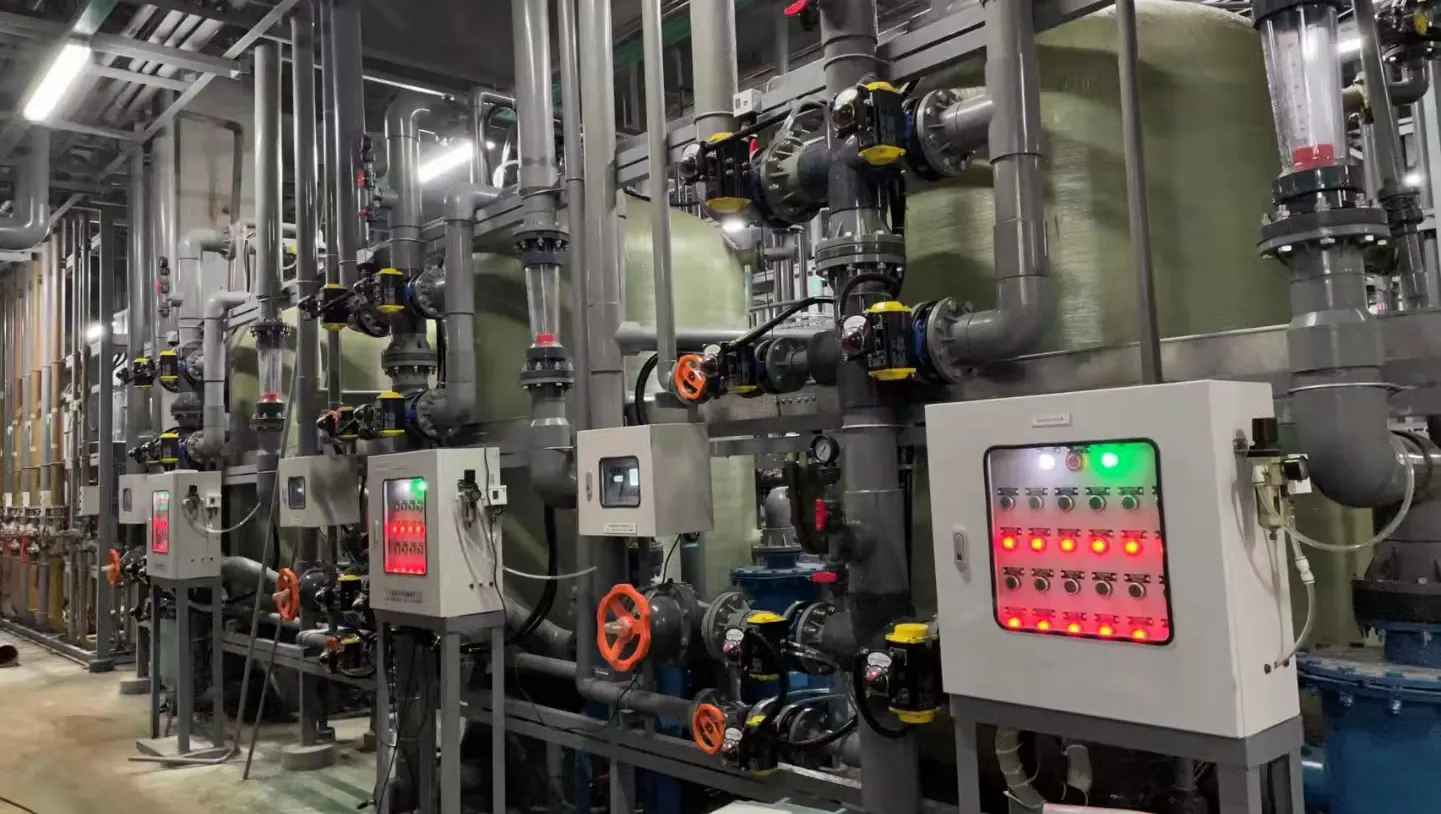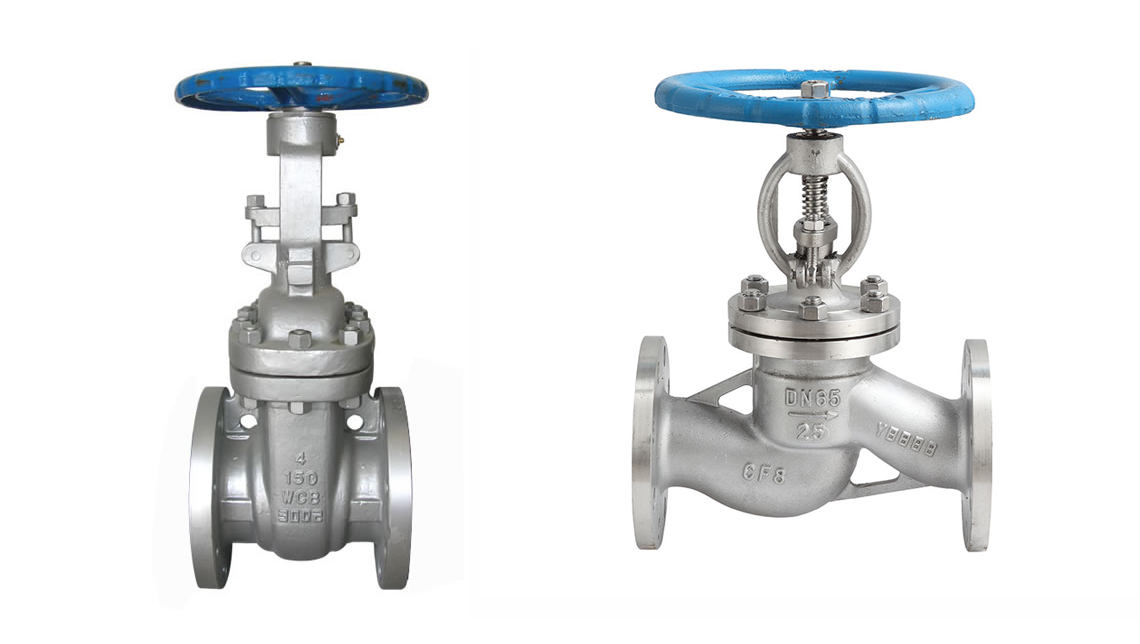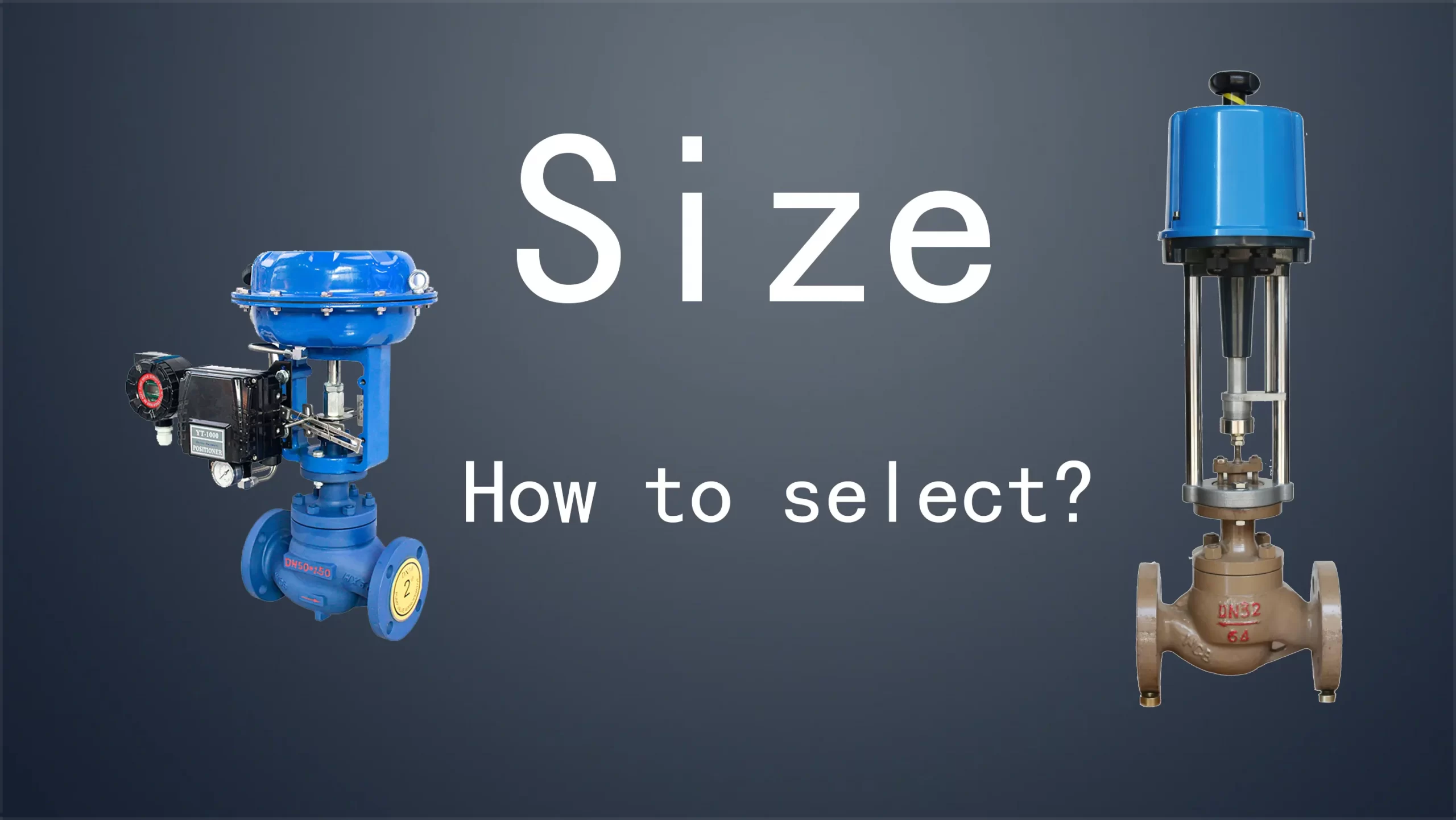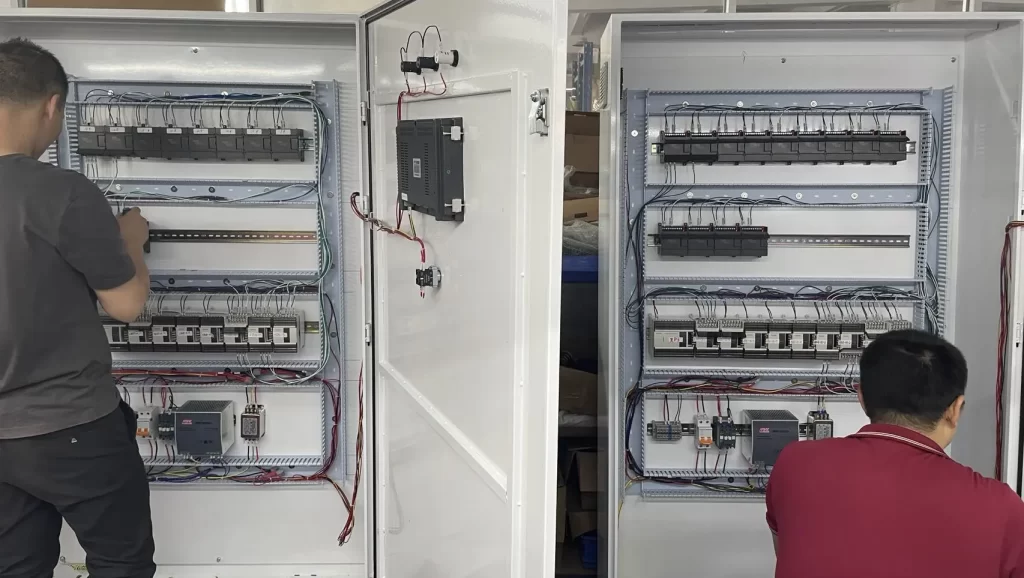
The Internet of Things (IoT) is rapidly transforming various industries, and the valve industry is no exception. By integrating IoT technology with traditional valve systems, manufacturers and operators can unlock a wealth of benefits, including increased efficiency, reduced costs, and enhanced safety.
Cost-Effective Solutions
One of the most significant advantages of IoT-enabled valves is their cost-effectiveness. Traditional valve control systems often rely on complex wiring and dedicated hardware, leading to high installation and maintenance costs. IoT solutions, on the other hand, leverage wireless communication technologies, eliminating the need for extensive wiring and reducing overall infrastructure expenses.
Enhanced Control and Monitoring
IoT-enabled valves offer unparalleled control and monitoring capabilities. With real-time data streaming, operators can remotely monitor valve status, pressure levels, and other critical parameters. This allows for proactive maintenance, early detection of potential issues, and timely intervention, minimizing downtime and ensuring optimal performance.
Automation and Efficiency
Automation is another key benefit of IoT-enabled valves. By integrating with existing automation systems, these valves can be programmed to respond to specific conditions, such as pressure fluctuations or temperature changes. This automated control reduces the need for manual intervention, minimizing human error and improving overall efficiency.
Industry Applications
The application of IoT-enabled valves is widespread across various industries, including:
- Oil and Gas: Monitoring and controlling flow rates in pipelines and refineries.
- Water Management: Optimizing water distribution networks and preventing leaks.
- Manufacturing: Regulating fluid flow in production processes, ensuring quality control.
- Building Automation: Controlling HVAC systems and optimizing energy consumption.
The Future of Valve Control
The integration of IoT technology with valves is still evolving, but its potential is vast. As the technology matures, we can expect even more innovative solutions, such as predictive maintenance, data analytics for process optimization, and enhanced security features.
Conclusion
The Internet of Things is revolutionizing the valve industry, offering cost-effective solutions, enhanced control and monitoring capabilities, and increased automation. By embracing IoT technology, valve manufacturers and operators can unlock significant benefits, driving efficiency, reducing costs, and ensuring optimal performance. As the technology continues to advance, the future of valve control promises even greater innovation and efficiency.
--- END ---




